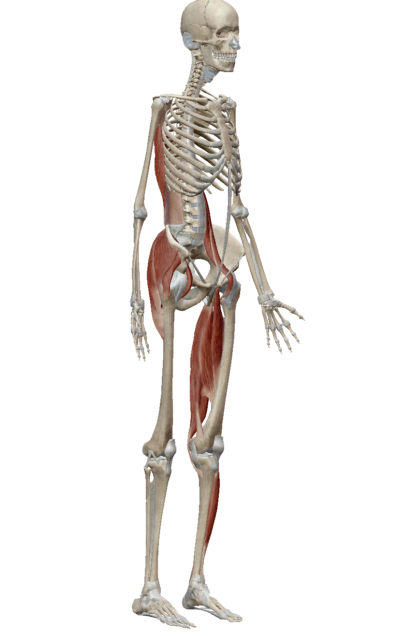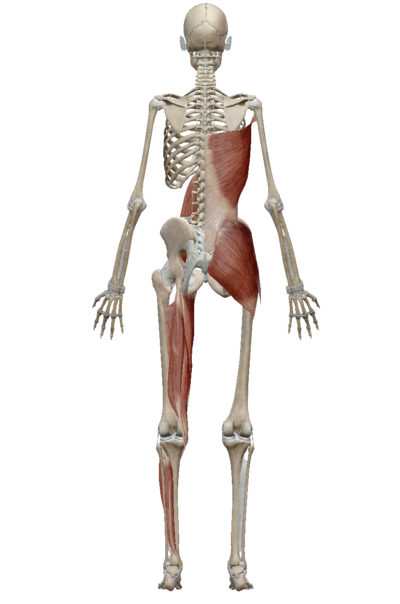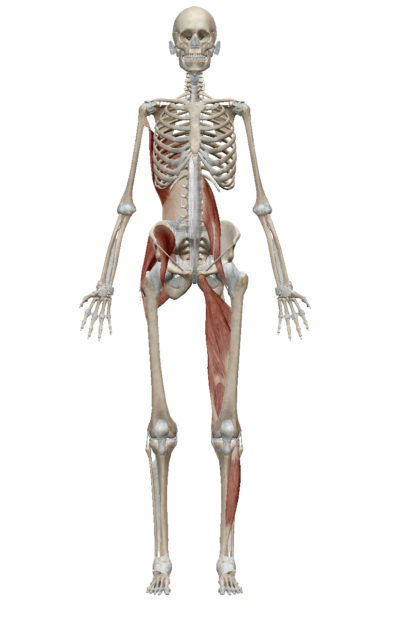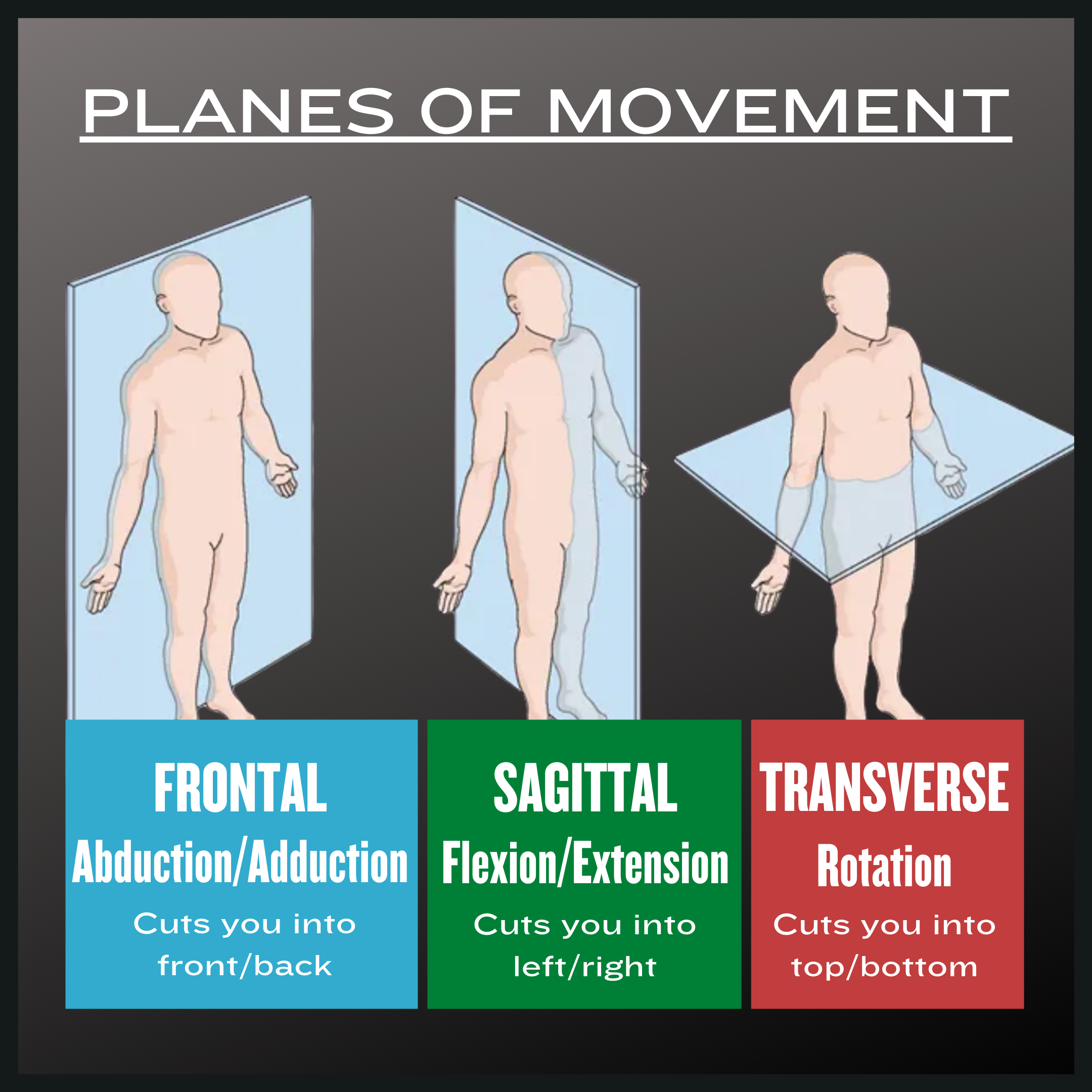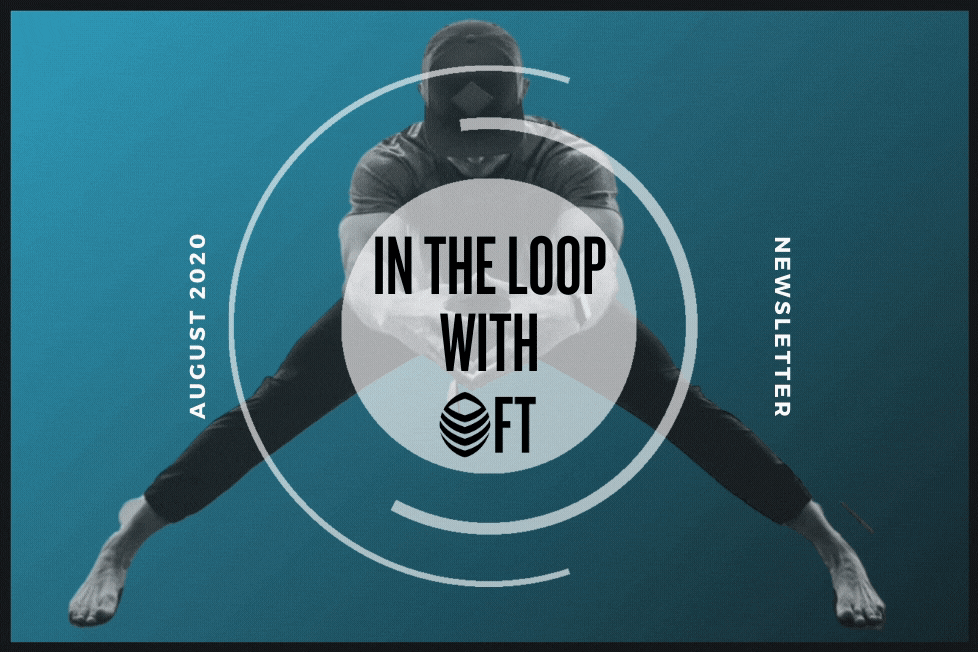
August 2020 Newsletter

The Foundation Training Team has been working hard behind the scenes to set a foundation (no pun intended) for our educational offerings. We are creating content for the community in bite sizes pieces of information that can be offered immediately and digested easily. The online learning platform is being built deliberately and very thoroughly, and hence a bit slowly. There are impressive collaborations happening with innovators in the health world in order to create varied video series for our community on how to integrate the most up to date approaches for longevity into your life. And we, like you, are doing our best to maneuver the changing world with grace and curiosity. We remain inspired by and grateful for our FT community, open to new ways we can help you, so don’t hesitate to reach out to us.
Instructor Highlights
We have instructors all over the world integrating Foundation Training into their practice and finding innovative ways to reach their audiences. Each month we bring you a little snapshot from a few and what they’ve done recently.
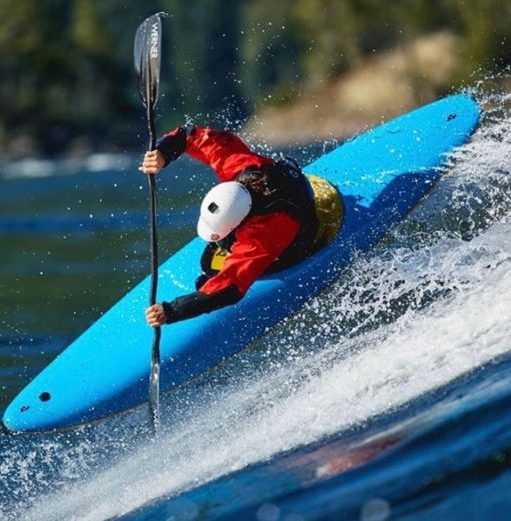
DR. MATT WIEST is a chiropractor in the Minneapolis–Saint Paul area and owner of The Center of Movement. He is a Level 2 instructor and Core Educator. Dr. Wiest adapted to recent travel restrictions by implementing virtual sessions. After working with Freeride Champion Kayak Natural Benny Marr, Dr. Weist expanded that training to Benny’s global community of competitive kayakers. Marr said the experience made him recognize how his posture impacted his performance, noting that “The intensity of creating tension with subtle muscle activation and movement combined with guided breathing has helped me prehab and rehab from hours on the water.”
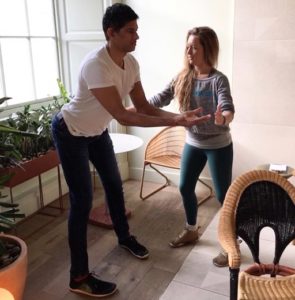
MORA MCGOVERN is a Level 2 instructor and is the director of Foundation Training Instructors Scotland, had the opportunity to introduce the principles to Dr Rangan Chatterjee. Chatterjee is a highly revered physician, author, and podcaster focused on making small lifestyle changes to combat chronic illness and disease. Chatterjee responded that his “body felt fantastic at the end of the session with Mora… able to see huge potential for musculoskeletal health.”
Movement of the Month: Lateral Hinge
- DOC'S THOUGHTS -
The Lateral Hinge was created to address the asymmetry that can occur in the hip hinge. Asymmetry is when the right or left side of the pelvis does not move in rhythm with the other. Hips can lose their symmetry due to a variety of factors that are often called a “short hip.” But these situations are more accurately described as muscle imbalances relating to the hip. Some common causes include: A quadratus lumborum that does not want to lengthen; Adductors avoiding contraction or staying engaged in a short position; And/or a psoas that is resistant to lengthening.
By isolating an individual hip in a hip hinge and utilizing the natural counterbalance of the opposite arm reaching, the Lateral Hinge prompts the spiraling mechanism of the adductors & Iliotibial band. Herein, the adductor lengthening becomes the primary goal of the hip hinge allowing the adductors, the psoas, and the quadratus lumborum to lengthen more on that side. By training healthy asymmetry you address the dysfunctional asymmetry to allow for hip hinge symmetry.
- COACH’S TIPS -
When I’m teaching the Lateral Hinge, folks sometimes confuse the movements with a side lunge, but the movement pattern and feeling within the exercise is unique. In the Lateral Hinge you want to avoid loading into the front quads by shifting the knee forward. In order to prevent this mistake, make sure the hips are hinging diagonally (back & to the side) to allow the one hip to be hinged back farther than the other. You’re looking for a feeling of contraction in the glutes and hamstrings of the leg towards the diagonal, and stretch of inner thigh of the other leg.
- Concept Corner -
When we discuss a muscle movement, it is often explained in a single plane. And though some joints move in single planes, the body as a whole rarely moves in such isolation. Plus, many muscles have different jobs in different planes of movement. For example, the pectineus muscle adducts the femur in the frontal plane, internally rotates the femur in the transverse plane, and flexes the femur in the sagittal plane. This means that compensations can change in different planes (or the compensation can be trying to move into a different plane). The Lateral Hinge requires both a posterior and lateral shift after setting up in the hip hinge. If you are transitioning to the Lateral Hinge by only going more back (in sagittal plane) you will not gain the adductor muscles lengthening aspect. And if you are only going to the side (in frontal plane) you lose the hamstring & gluteal muscles lengthening under load. So when doing the Lateral Hinge, move with regard for both the sagittal and frontal planes.
Stream FT Workout of the Month
Every month we provide you with a new workout from the FT team. This month our cueing maestro, Gail DeSart, shares her “Happy Hinge” routine. Follow along during these challenging 24 minutes as she guides us through integrated movements.
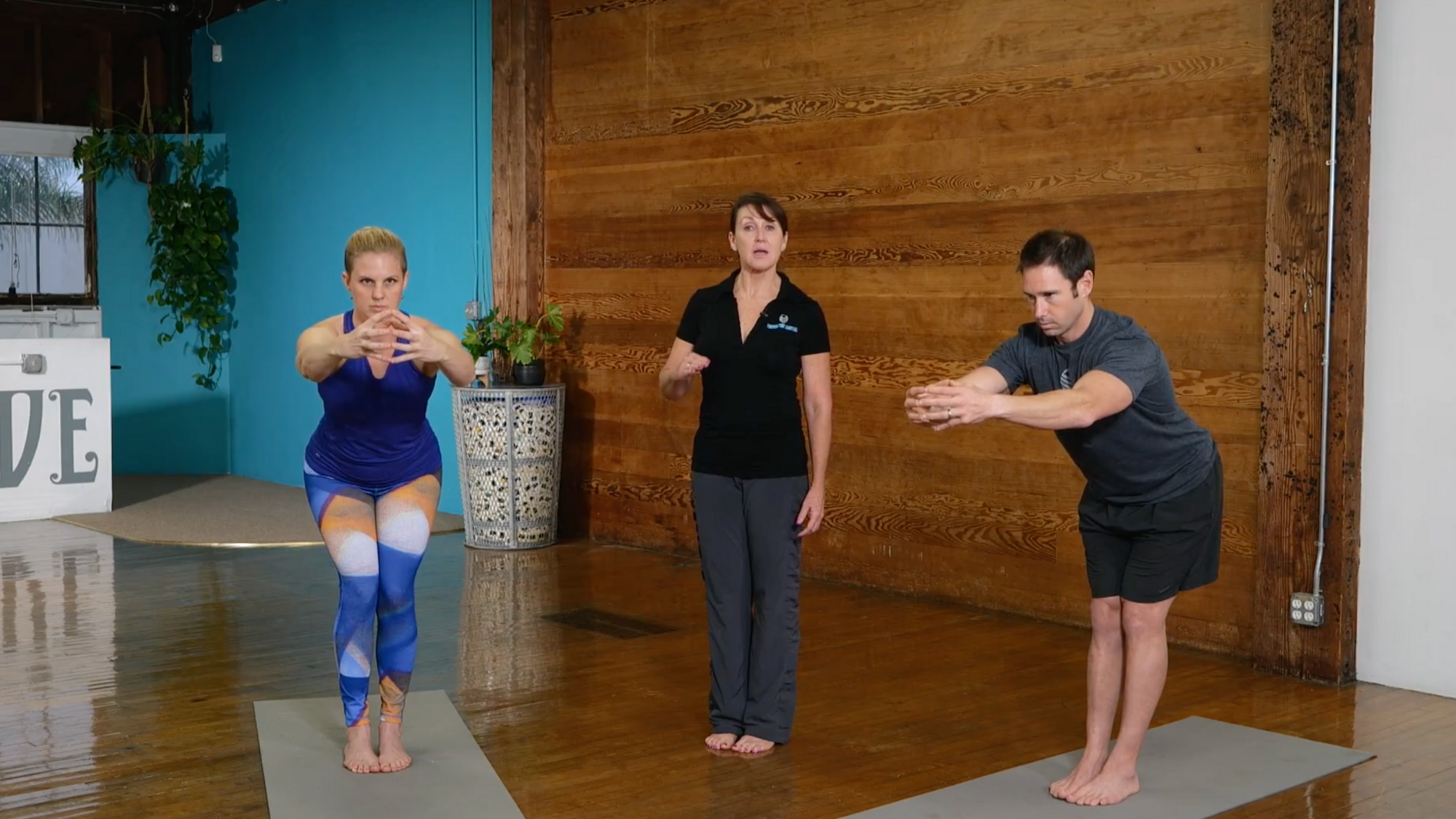
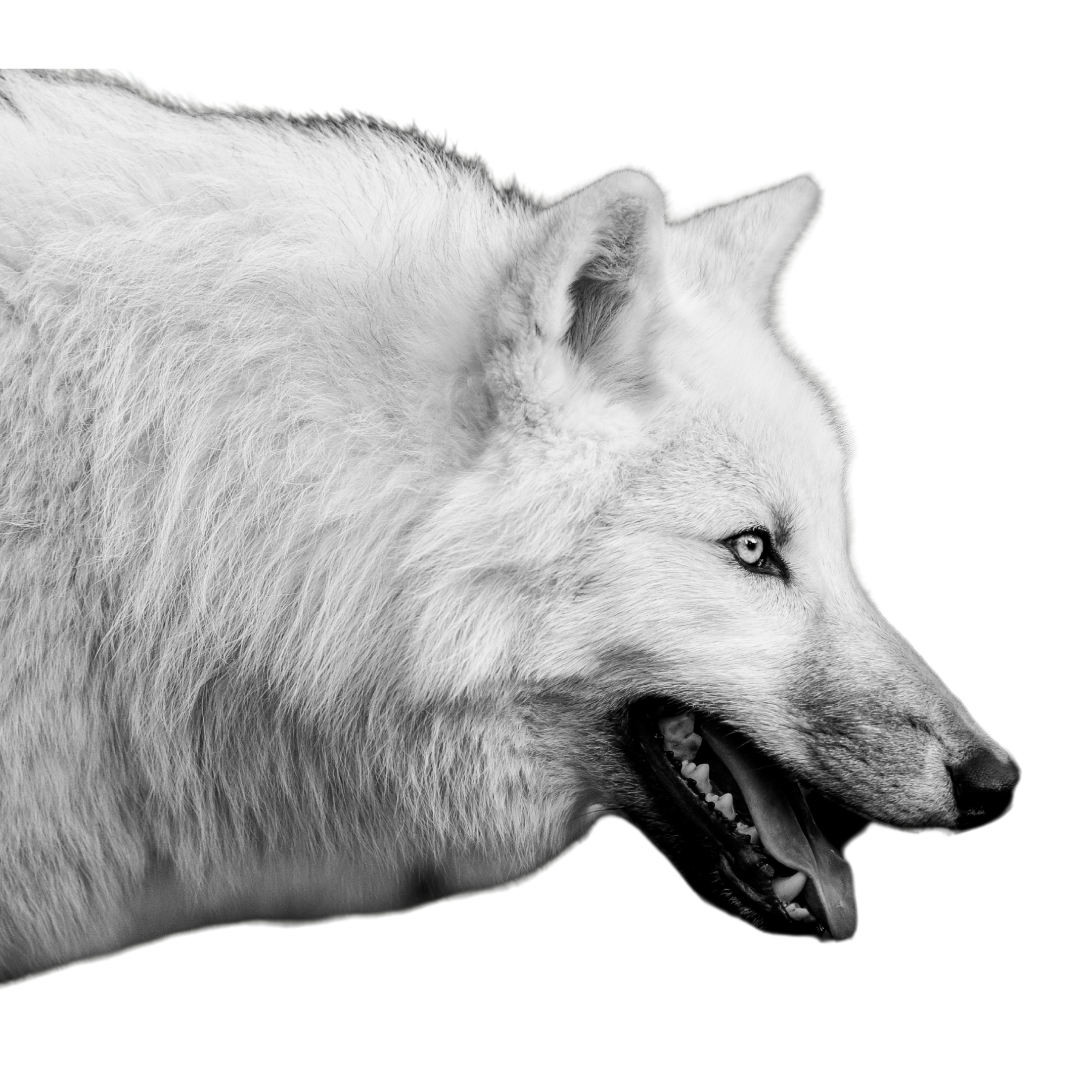
Feed the Wolf
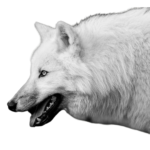
There is this parable that we always have two wolves fighting inside us. One wolf holds the attributes we want, be it joy, kindness, courage, discipline. The other wolf hold the attributes that keep us stagnant such as anger, laziness, intolerance. Which wolf wins? The one that you feed. Small consistent “feeding” of a thought or a movement is what allows it to root down deep. Doing nothing is the equivalent of feeding the pattern you have now (causing the pain). As you learn a new movement pattern or way of thinking, don’t be discouraged when you feel the pull to go back to the familiar. Just give a little snack to the wolf you want to win by acknowledging, adjusting, then applying.


